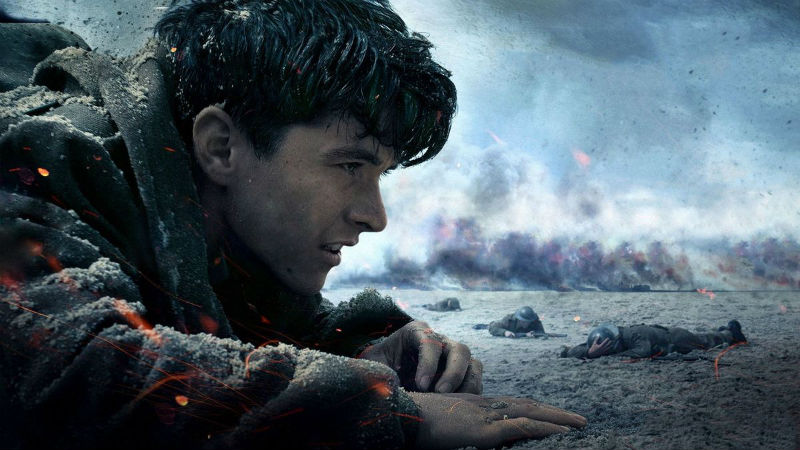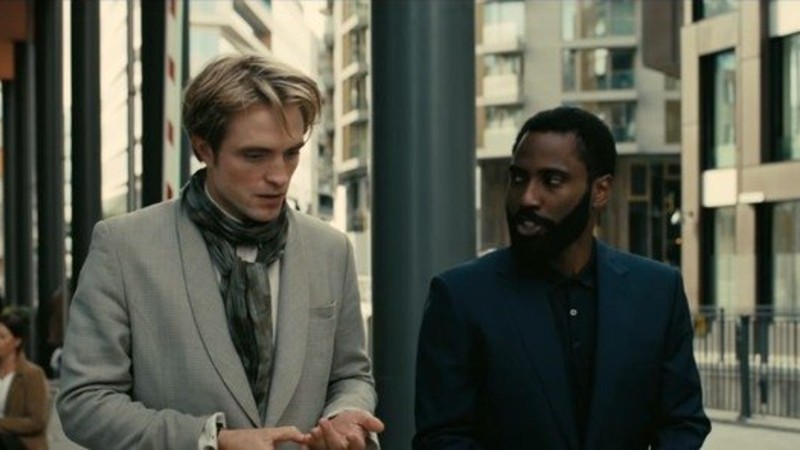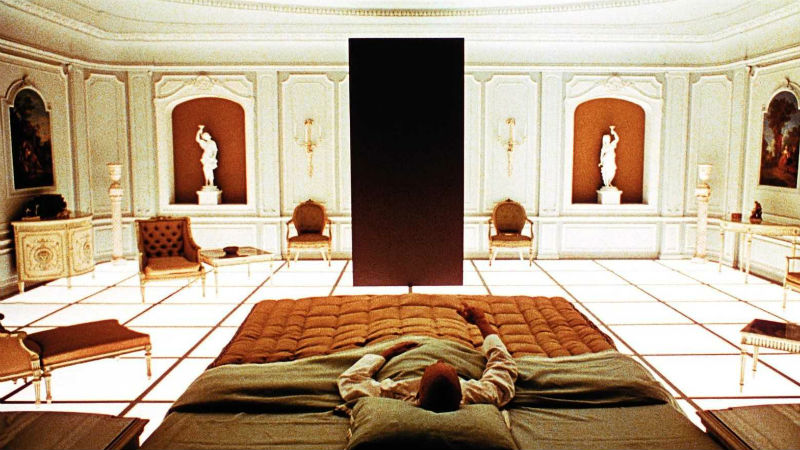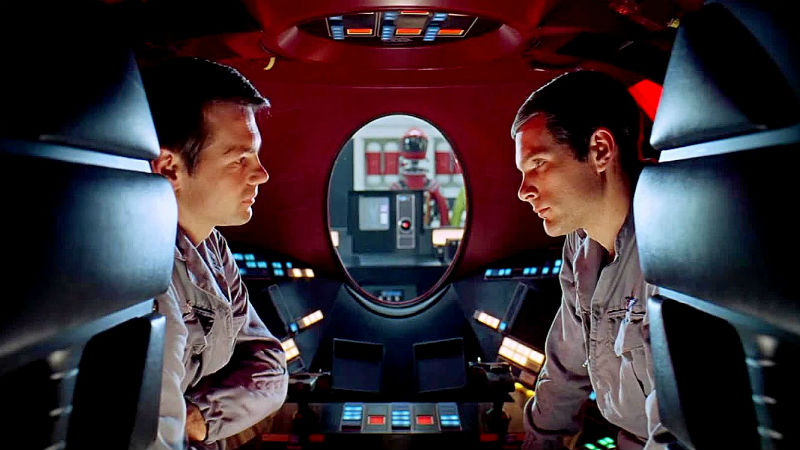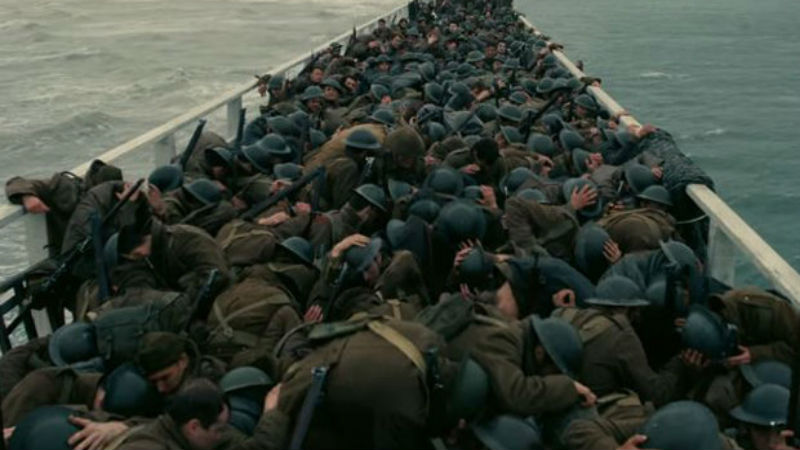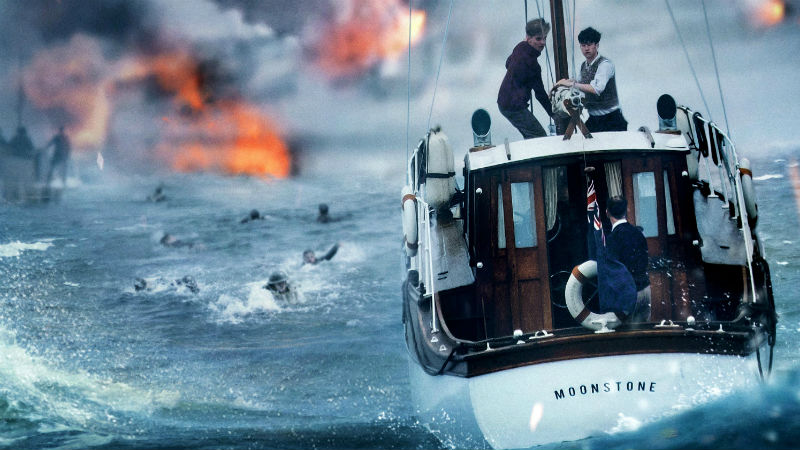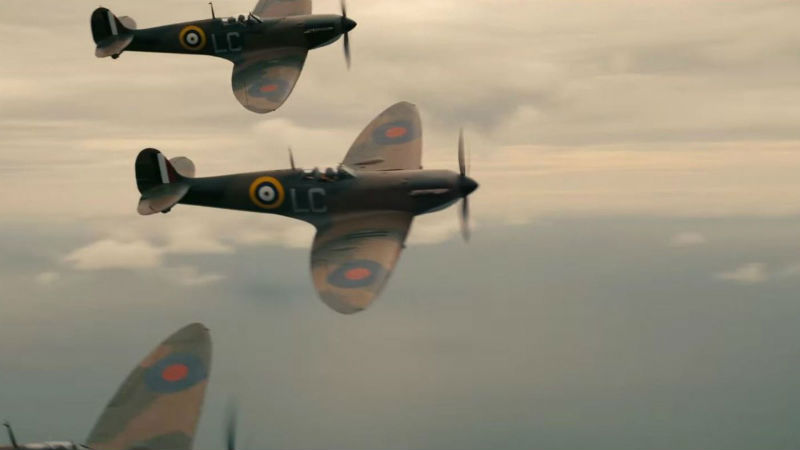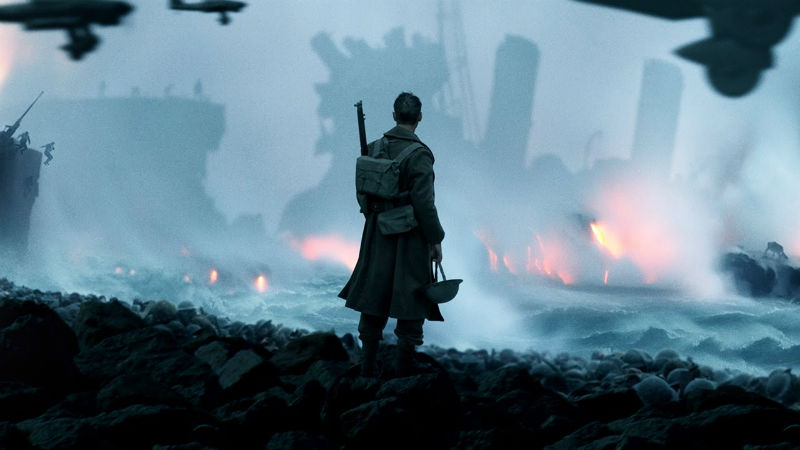Christopher Nolan’s 12th film arrives in cinemas in the most unexpected way. His first work after an ugly breakup with long-time studio Warner Bros, Oppenheimer comes with the peculiar hype of being one half of “Barbenheimer” – the double bill proposed by those who noticed its shared release with Greta Gerwig’s Barbie movie. The clash has been beneficial for everyone as fans opt to watch two films instead of choosing a side, but will this three-hour epic hold up its end of the bargain?
Cillian Murphy, who had small roles in all three of Nolan’s Dark Knight Trilogy films as well as Inception (2010) and Dunkirk (2017), takes the lead as J. Robert Oppenheimer. Known to history as The Father of The Atomic Bomb, the film dramatises his recruitment by the US government during World War 2 to put together a bomb that will end the war. Conscious of the ramifications, but also fearing what would happen if the Nazis get there first, Oppenheimer leads The Manhattan Project, and the historic development of the bomb that would destroy Hiroshima and Nagasaki. As well as the project, the film also looks at Oppenheimer as a man, and his opposition to the use of his invention in the years after the war.
The film breaks a lot of rules around summer movies. It’s a three-hour, artistically-led drama that prioritises conversations over spectacle, and yet it is as thrilling as anything you will see all year. The tension as The Manhattan Project builds, with many learned minds disagreeing over the methods and morality of their work, creates the tone of a horror/thriller. Behind the camera, it’s a symphony of sound and vision. Ludwig Göransson’s imposing soundtrack dances with the visuals, telling an emotional truth beneath the facts of the case. It’s breathtaking to watch, particularly in the Imax format Nolan endorses.
Many Nolan movies can be accused of getting lost in the science, and with Oppenheimer those calculations are already historical fact. Instead, the director revels in the murkiest, dirtiest moralities faced at the time. We look at the man behind the legend, and how only the most complex mind can make the kind of breakthrough he achieved. The growing spectre of Communist panic puts a question mark over his patriotism, but he is shown to be a free thinker rather than a card-carrying revolutionary (“why limit yourself to one dogma?” he asks when questioned about his beliefs).
The film’s other question is harder to answer: is he truly the “destroyer of worlds” he became known as? Is a scientist responsible for how his breakthroughs are exploited? Arguments for and against are made, but from unexpected quarters. Representatives of the American establishment bristle at his guilt, as it questions their own Post-War consensus of “doing what we had to do”. Oppenheimer’s greatest judge is himself, with the third hour of the film unfolding as a fascinating quest for some kind of punishment.
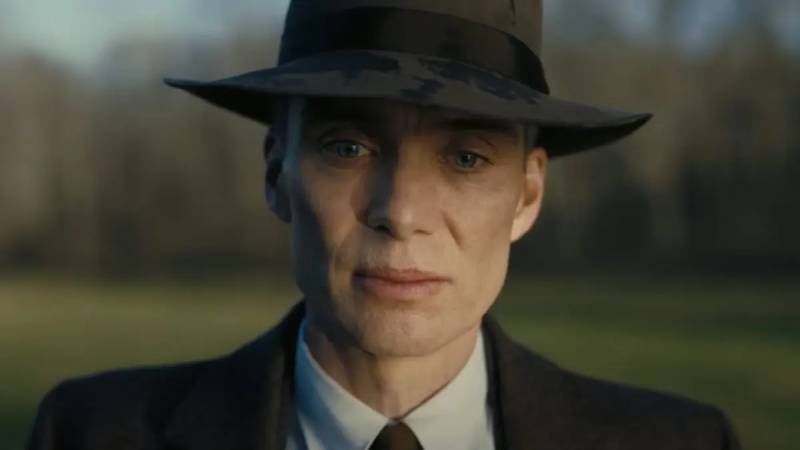
Hollywood’s biggest and brightest line-up to be nourished by the actor-friendly project, and everyone gets fed. Matt Damon is the perfect foil to Murphy as the brusque Manhattan Project director Leslie Groves, who doesn’t trust these men of science but is smart enough to know he needs them. Emily Blunt shines, particularly in the third hour, as Oppenheimer’s wife Kitty, a role that starts out as slight and build brilliantly into a storm of impotent rage. Notable names like Florence Pugh, Rami Malek, Gary Oldman, and Casey Affleck all appear in roles that are slight for stars of their stature, but allow them a moment that justifies their involvement.
There are two performances that stand above the crowd, however, in Robert Downey Jr and Cillian Murphy. The former Iron Man found Marvel stardom thanks to interesting, charismatic supporting roles during his comeback in the late 1990s and early 2000s. While he is older, this performance is reminiscent of that period. There’s no hint of Tony Stark here, no quips or self-assured smirks. Instead, he uses the authority of his stardom to make Atomic Energy Committee chair Lewis Strauss an unknown quantity for most of the film, both helping and hindering Oppenheimer in equal measure, before a late-stage twist that allows him to grandstand. It’s a remarkable performance that reveals an actor going back to basics and finding cinematic gold.
He is, however, a close second to Murphy. The sheer weight of history felt in his eyes would be enough to carry such a weighty film, but every scene makes your eyes drift towards his every movement. It doesn’t have the same menace as his famous Peaky Blinders character, Thomas Shelby, but it does have some similarity to that performance, in that they are both men burdened with superior knowledge and dreadful acts. This is Murphy’s first significant movie lead, and hopefully won’t be his last.
Nolan’s work is so notable that his recent films have suffered the fate of being scrutinised to death. Oppenheimer is a film that should simply be enjoyed. The director may have not saved cinema with 2020’s Tenet, but he continues to stretch the limits of what we believe large scale movies are capable of.
Oppenheimer is in cinemas worldwide on Friday, July 21st.









